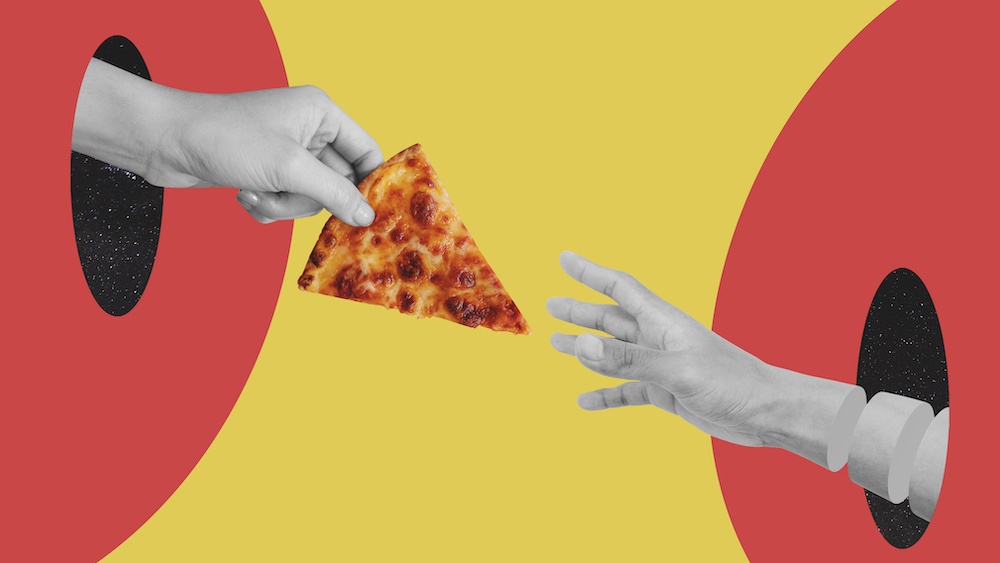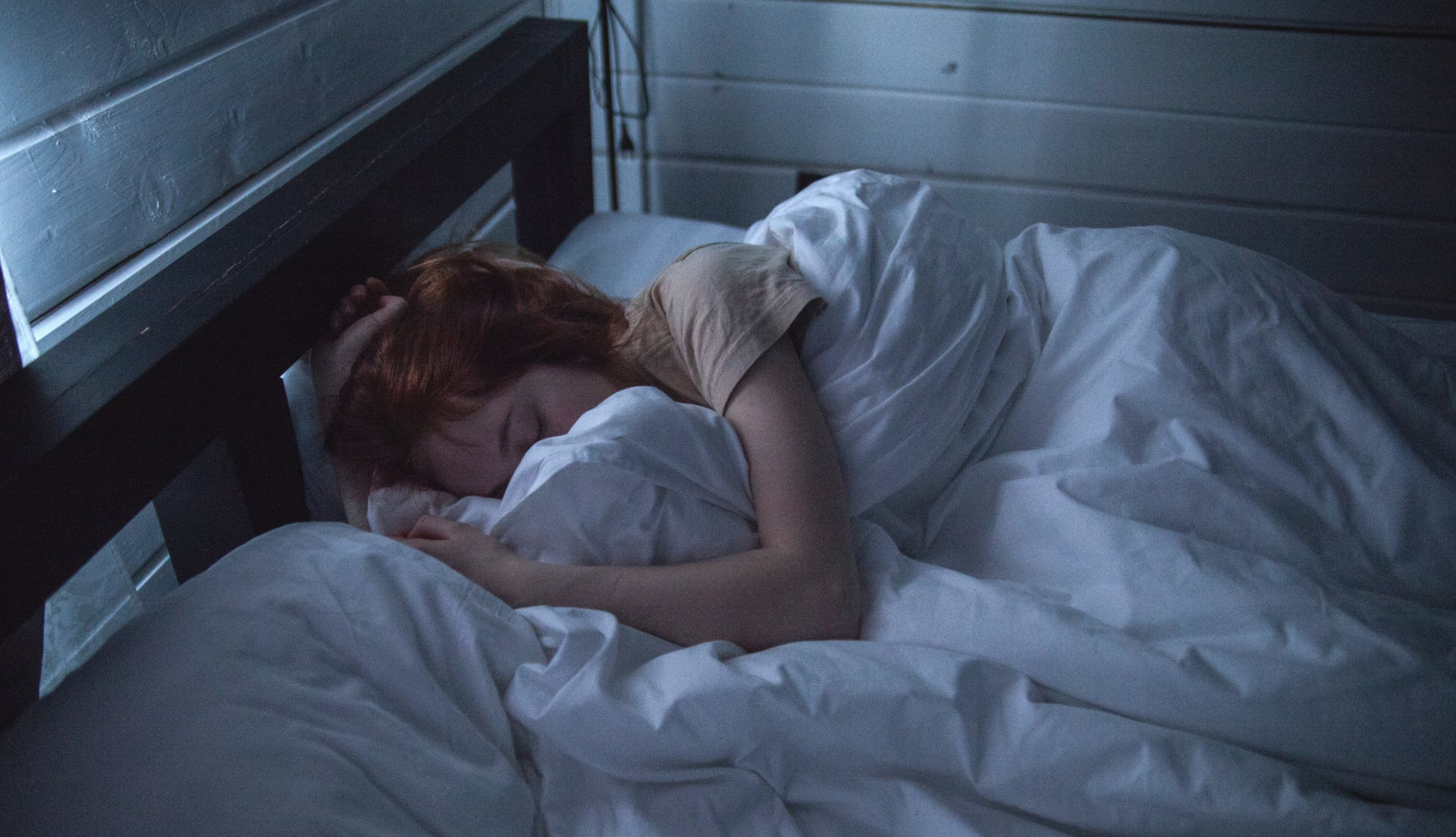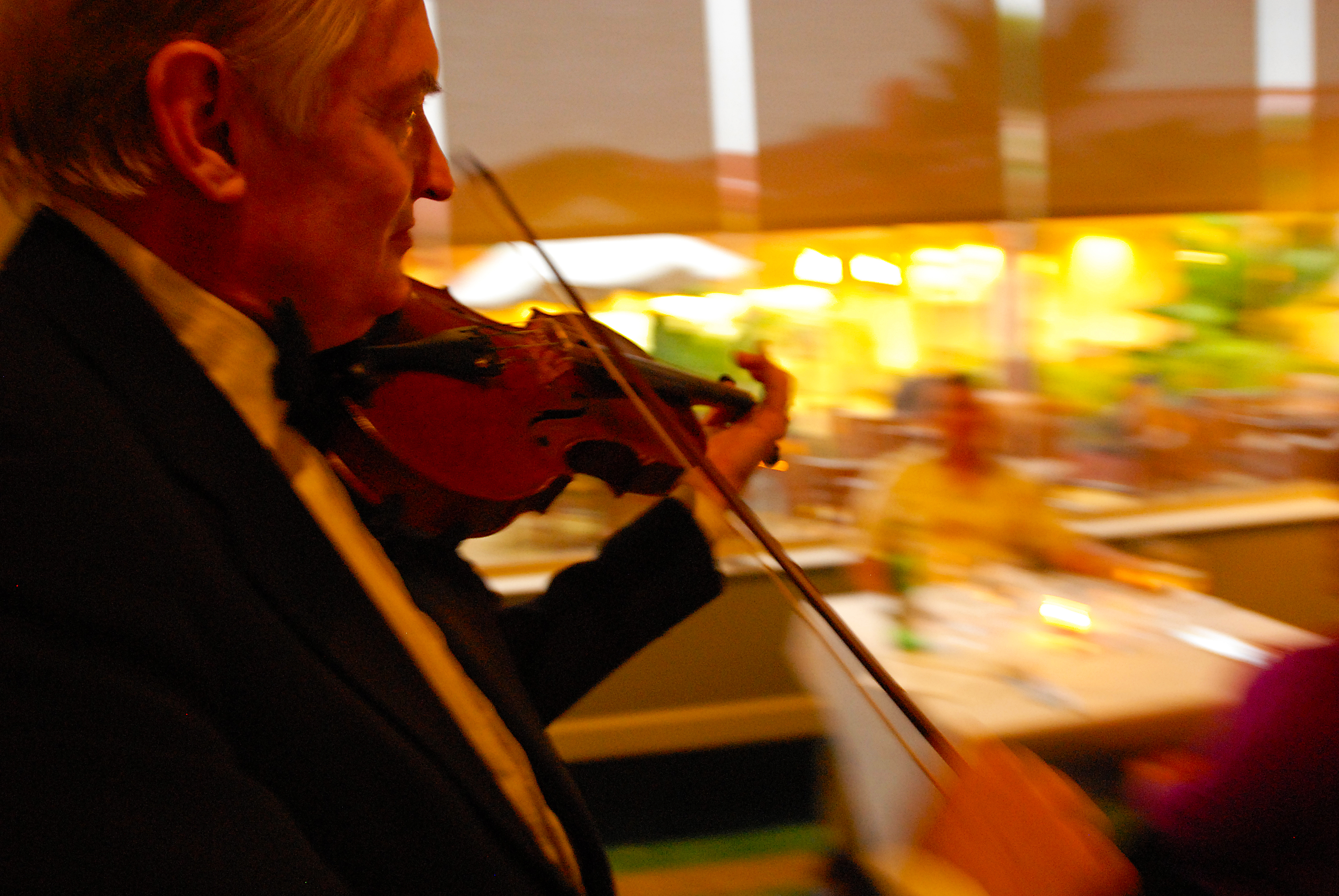Habits change your life. Here’s how to change your habits.

- The habits people build end up structuring their everyday lives, often without them noticing.
- When people recognize a bad habit, they often try to change it through willpower alone — but that rarely works.
- Here's what research says are the most effective ways to replace bad habits with good ones.
So you want to make a change in your everyday life — say, exercise more, meet all your deadlines, or develop a new skill. You make a plan, conjure your willpower, and commit. Yet, like the vast majority of people, you eventually fail.
What happened? Perhaps getting to the gym was more of a hassle than you realized, or you found yourself too tired at night to study that new programming language.
It’s easy to blame yourself for lacking self-control or dedication. But behavioral change rarely occurs through willpower alone, as Dr. Wendy Wood, a behavioral scientist at the University of Southern California, told Big Think.
Instead, the people most likely to make lasting changes engage their willpower less often than the rest of us. They know how to form helpful habits.
Habits shape our lives
The habits we build end up structuring our everyday lives, often without us even noticing.
“In research we’re able to show that people act on habits much more than we’re aware of,” Dr. Wood told Big Think.
Sure, humans have advanced brains capable of creativity, problem-solving, and making plans. But it’s our daily habits — the small, everyday behaviors we do without thinking about it — that account for so much of how we spend our time and energy.
Dr. Wood’s research finds that around 40% of our daily behaviors are habits. That’s why it’s worth taking a close look at what habits are, and whether they’re having a negative or positive effect on our lives.
What are habits, exactly?
Habits are automatic behaviors. Instead of requiring intention, they occur in response to environmental cues like time of day or location. Essentially, your brain forms an association between a specific context and a specific behavior. You then execute that behavior — the ritual or habit — in that context without even thinking about it.
Habits might be things like checking your email as soon as you get to work in the morning, walking a certain route home every evening, chewing your fingernails when nervous, or scrolling through your social media newsfeed when you hop in bed at night.
Habits form when you receive a reward for a behavior. And like Pavlov’s dogs, you might not even realize that you’re learning something new.
How do habits form?
When exposed to something enjoyable, your brain releases a neurotransmitter called dopamine. This “dopamine rush” makes you feel good, so you’re incentivized to repeat that behavior in order to get rewarded with dopamine again. Over time, the association between the context, behavior, and reward gets stored in areas of your brain like the basil ganglia and dorsolateral straitum, which are associated with emotions and implicit learning.
Checking your newsfeed at night, for example, might be enjoyable, at least sometimes. So, without even realizing it, that hope for another dopamine hit brings you back to checking it before bed. Before long, this habit gets stored in your brain and is hard to change.
Habits persist even when rewards end
Over time, some habits can become so ingrained that they remain even when the reward ends.
In one classic study on habit change, researchers tried to get people to change a simple workplace behavior: taking the stairs instead of the elevator. The researchers tried educating people about the benefits of using the stairs, like reduced electricity use and getting some quick exercise. It made no difference.
So, the researchers made the elevator doors close 16 seconds slower — just enough of inconvenience to nudge about one-third of people into taking the stairs.
But the more remarkable finding was that people continued to take the stairs even after the elevator speed returned to normal. They stuck with their habit.
Habits are rarely changed by knowledge, planning, or willpower alone
Remember that habits are stored in areas of the brain like the basil ganglia and dorsolateral striatum. These areas are involved in basic life functions, including procedural memory (e.g., how to ride a bike or do other actions) and emotion. They are considered somewhat primitive, even primal, developing early on in evolution to ensure animals completed the “four Fs”: feeding, fighting, fleeing, and reproduction.
On the other hand, willpower, explicit knowledge (such as the ability to state facts), and planning are primarily directed by the prefrontal cortex. The prefrontal cortex is the most advanced part of the brain. But because it is separate from where habits are stored, Dr. Wood argues, it alone cannot directly change habits.
“Our habits are stored in a memory system that we don’t have access to, we can’t fuss with,” Dr. Wood told Big Think. “It’s a way of securing the most important information and protecting it from change.”
For instance, just as educating people about the benefits of taking the stairs didn’t reduce elevator use, educating people about how to eat more healthily is unlikely to change their diets. Even providing financial incentives does not generally lead to lasting habit change after the incentive ends.
How can you change habits?
Make a new habit. In short, the best way to change a habit is to replace it with a new one. This means you must complete a new behavior in a given context, get a reward, and repeat.
Of course, that’s easier said than done. Forming new habits is challenging because of what psychologists call “friction”—the barriers that get in the way of completing a behavior, like distance, time and effort.
Create a helpful environment. One of the best ways to overcome friction is to create an environment that makes the new behavior easy and rewarding. The new environment ideally will reduce old cues that led to bad habits, and increase cues that lead to helpful new habits.
“One of the really important things about behavior change is you have to work with what’s around you,” Dr. Wood told Big Think. “We really need an environment that would make it easier to actually achieve our goals.”
This is where your planning and thinking comes into play. If going to the gym is a hassle or you just don’t like it, find an at-home exercise routine you actually enjoy and leave your exercise clothes and equipment out in a convenient, obvious spot. If you want to start reading before bed instead of checking your phone, consider charging your phone overnight in a spot out of reach from your bed, and find yourself a book you just can’t put down.
Use habits to your advantage
Although habits get a bad rap, using them wisely can substantially improve your life.
In addition to helping you reach your goals, habits can provide a sense of structure, control, and even meaning to your life. Many professional athletes, for example, gain a sense of confidence and control when they perform specific rituals before or during games. Other people might have family traditions or routines that provide meaning.
But even banal habits can be helpful. Because habits take so little brain power, they can also free up your mind for other things, like thinking about your important life goals or calling your mom on your drive home.
“When we’ve practiced on things enough that we don’t have to think about it, then we can do other things,” Dr. Wood told Big Think. “We can make sense out of our world.”





